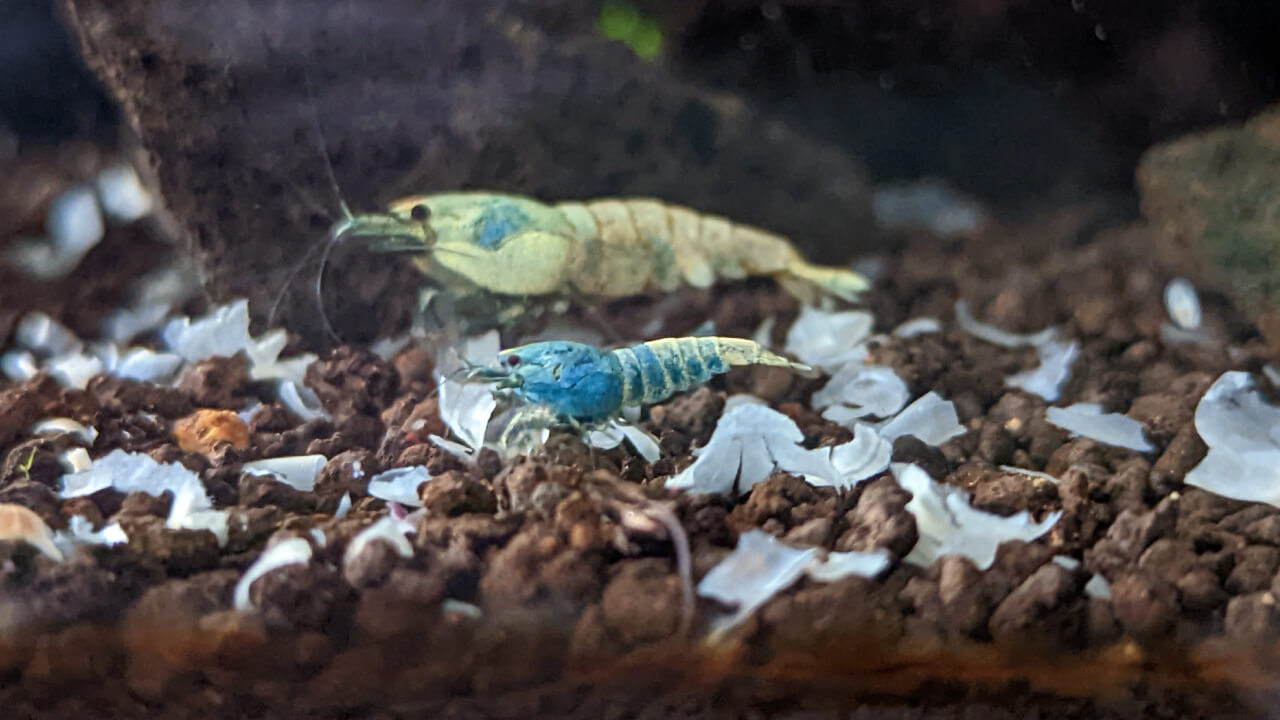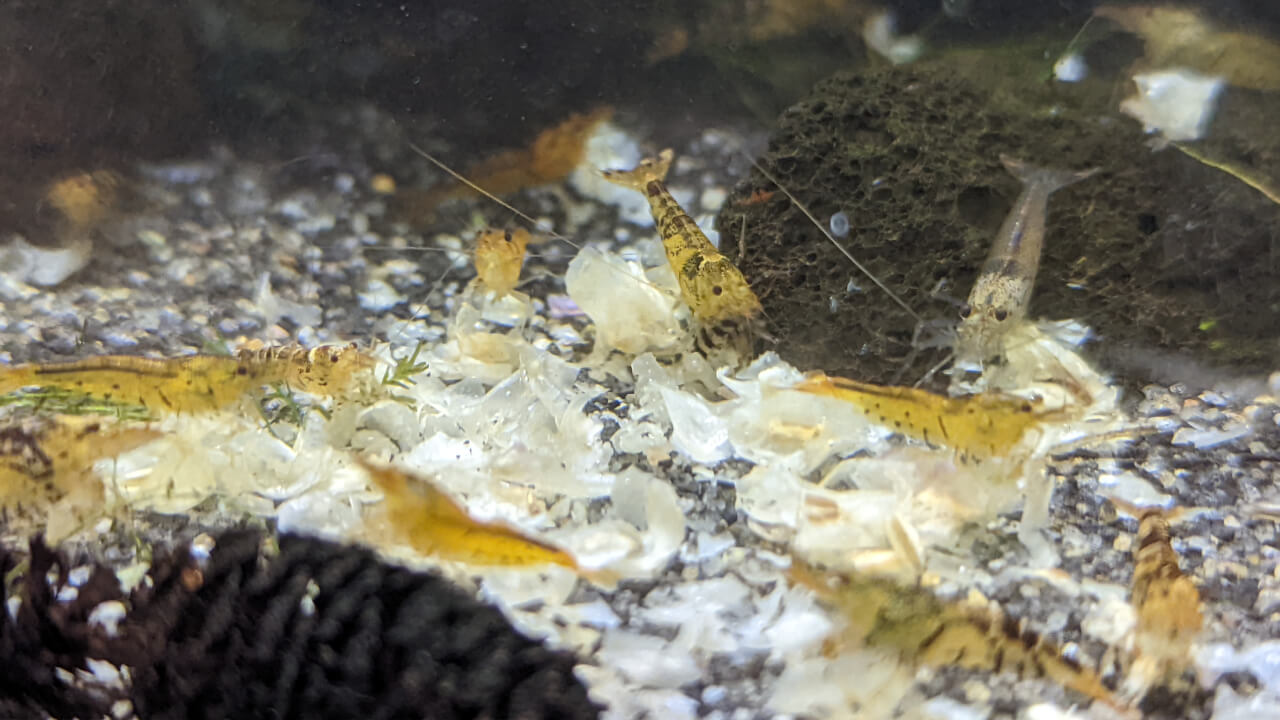Are you planning to go on holiday soon, and worrying about how you need to prepare for your shrimp to be alright?
This article will go through all the steps necessary to be able to leave your shrimp tank alone for up to two weeks.
If you’re only going away for a quick weekend trip then you shouldn’t need to do anything special, they’ll be just fine.
What are the steps to prepare for a longer trip away?
- Don’t try anything new
- Perform a water change
- Clean sponge filter
- Top off the water level
- Consider using a lid or cover
- Feed long-lasting food
Keep things familiar
The most important piece of advice before leaving your tanks unattended is to leave them as they are.
Shrimp love consistency more than anything else - they hate change.
Don’t adjust the water parameters, try a new heater, or test a new fertilizer before you leave.
Any of these tweaks could cause a domino effect of problems, and you won’t be around to resolve it.
For example, the new fertilizer could be unsafe for snails, cause a mass die off, and trigger an ammonia spike. This would stress the shrimp, and you wouldn’t be able to notice and perform a water change.
Stick with what you know is working for your aquariums. You can make these small changes when you’re back.
Water changes
Try and work your water change schedule around your leaving day. Ideally, your shrimp tank would have the freshest water just before you leave.
Obviously, the water parameters of the new water should be as close as possible to their current water. Replace the same amount of water you usually would, too, instead of a big change. You don’t want to shock the shrimp and cause them any stress.
The first main reason for this is to make sure that any molting shrimp have enough minerals to build their healthy new exoskeleton. Low calcium in the water for example can cause molting problems.
The second goal of this water change is to get the ammonia, nitrites, and nitrates to their lowest possible level.
If you’ve got a heavily planted tank, this is less of a concern, as they’ll happily absorb the extra nitrates and ammonia from the water.
Floating plants in your aquarium are especially good at extracting these elements. As they have access to the carbon dioxide in the air, they can grow incredibly quickly, making good use of all the nitrates.
Inspect the filter
Check your filter sponges a few weeks before you leave to see if they’re clogging up.
If the sponge gets too dirty and filled with detritus, it won’t be as effective and could reduce its beneficial bacteria population.
Clean your intake or filter sponges regularly to keep them running efficiently, or you could risk a crashed cycle in the worst case. Doing a quick gravel vac can help to keep your sponge filters working nicely for longer.
Top off the tank
Top off the water level in the tank so that you don’t have to worry about evaporation whilst you’re away.
This should be done with Reverse Osmosis (RO) or distilled water to keep the general hardness and other parameters stable.
Add a lid
This is optional, but you can think about adding a lid to your tank to reduce evaporation.
For peace of mind, if you’re worried the water level might lower too much, you can put a cover or lid over it.
You should try and do this for a few weeks whilst you can monitor it in case the lid drips outside the aquarium, for example.
A lid will also help keep the water temperature a little higher and change more slowly.
Add long-lasting food

In the weeks before you go, start introducing powdered food like Bacter AE, Shrimp King BioTase Active, and bee pollen.
This will build a healthy amount of natural food, like biofilm, in the background. They’ll have plenty to graze on whilst you’re not there to feed them.
Along with using the powders, you should feed your shrimp tank with long-lasting foods such as Snowflake food and leaf litter.
Snowflake pellets are fantastic for feeding before a holiday, as they can stay in the water basically forever without polluting it. You don’t have to worry about taking it before it rots like some other foods.
Leaf litter, like Indian Almond leaves, are excellent places for biofilm and other tasty bacteria to grow. These leaves will also last a very long time in the water, allowing your shrimp to feed for weeks.
Coming home
When you get back, try to return to your normal routine and feeding schedule.
You’ll probably want to do another water change soon, depending on how often you usually do it.

